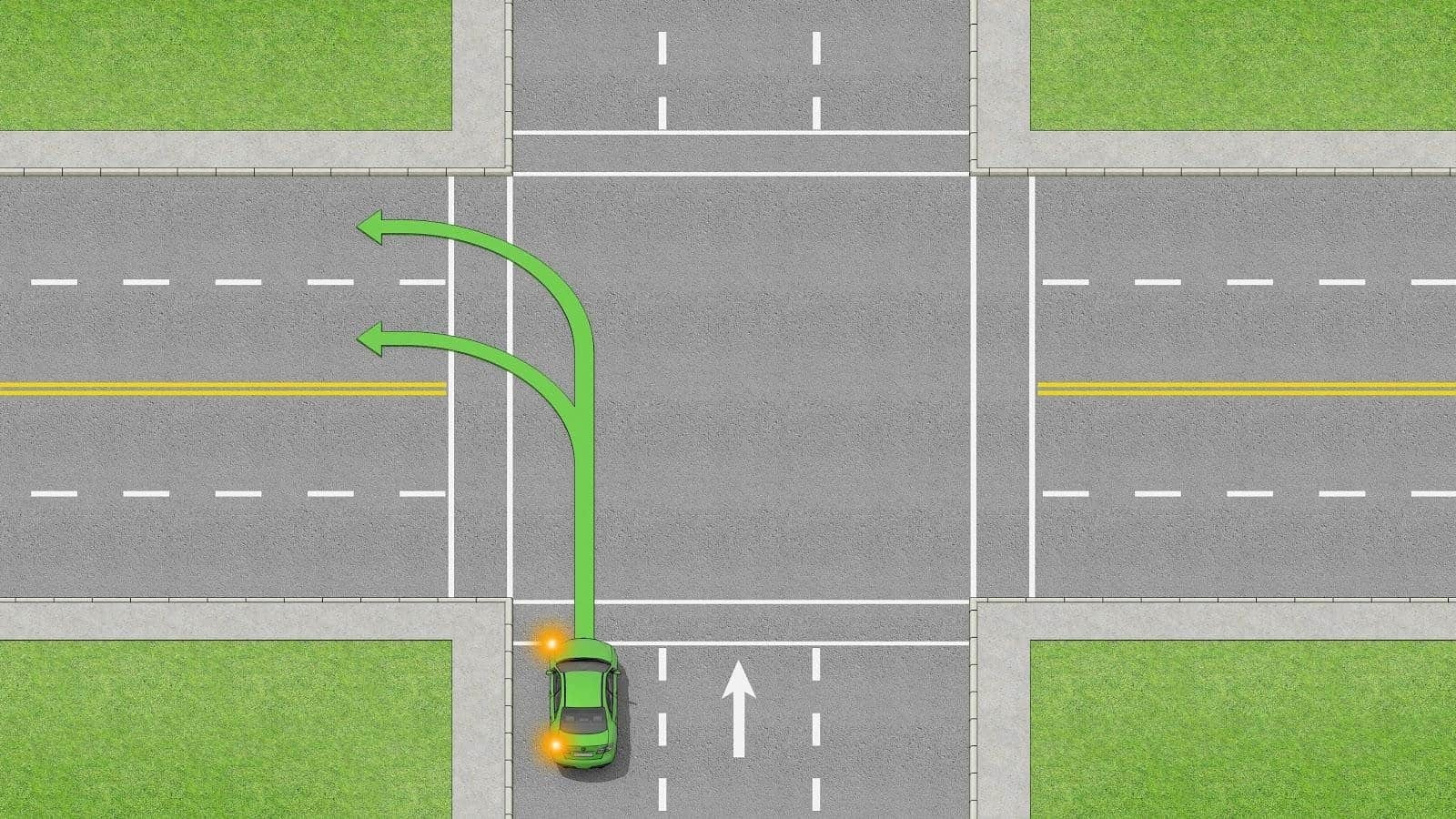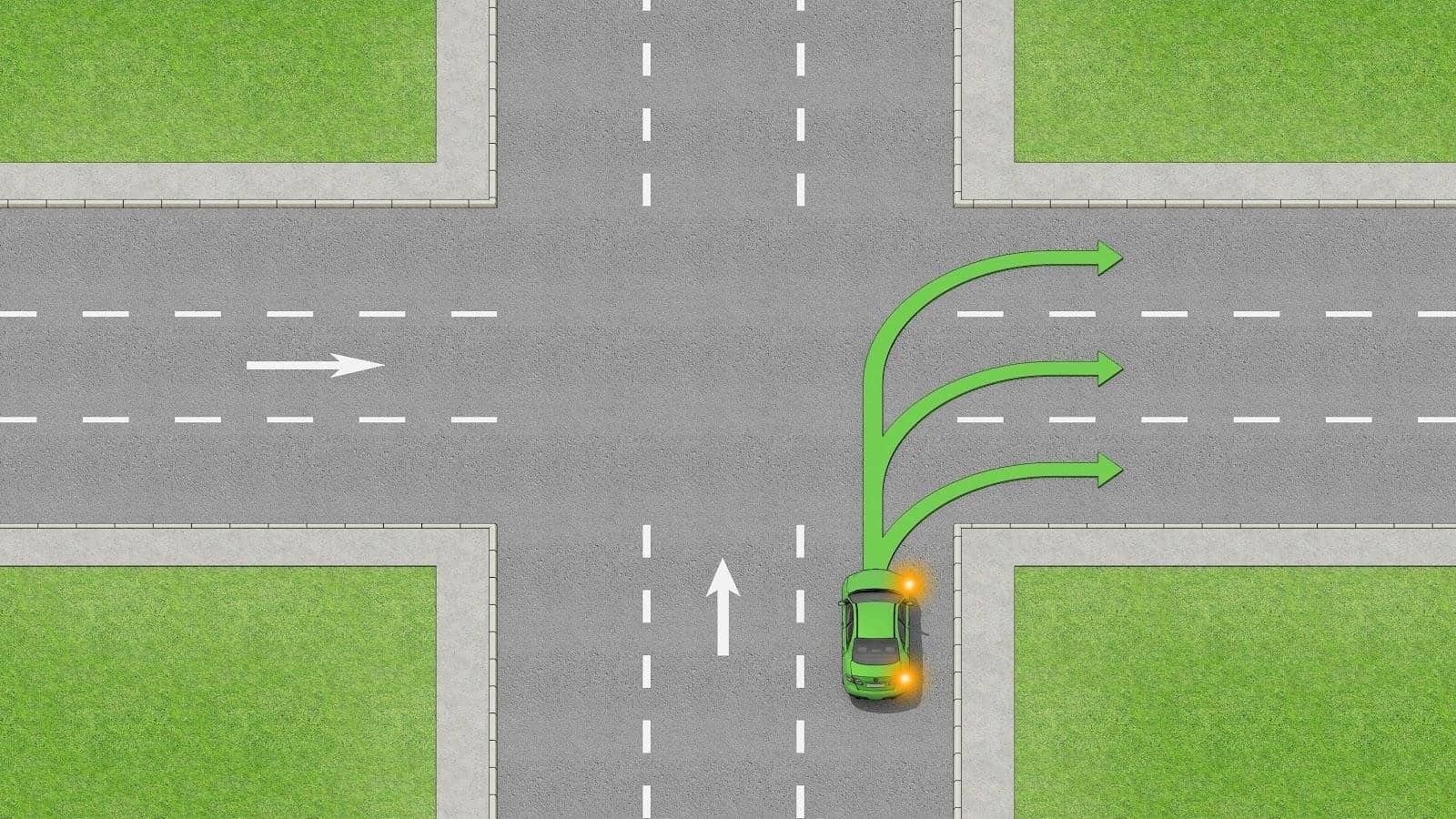One-way streets are a common feature in urban environments around the world. Understanding how to properly identify and navigate them is crucial for every driver, from those just learning the rules of the road to experienced motorists looking for a refresher. While designed to improve traffic flow, one-way streets can be confusing if you’re not familiar with their specific regulations and signage. In fact, studies have shown that accidents on one-way streets can occur at higher rates than on two-way roads, often due to driver error or confusion. However, when drivers understand how to use them correctly, one-way streets are invaluable tools for managing traffic, especially in busy city centers.
This guide provides a comprehensive overview of one-way streets, covering everything from recognizing the signs to making safe turns. Whether you’re preparing for your driving test or simply want to enhance your road knowledge, this information will help you confidently and safely navigate any one way street you encounter.
Identifying One-Way Street Signs and Their Meanings
The first step in mastering one-way streets is recognizing the specific signs that indicate their presence. These regulatory traffic signs are designed to be clear and easily understood, ensuring drivers can quickly grasp the direction of traffic flow. These signs are critical because they warn drivers against making incorrect turns, such as left or U-turns into the one-way street against the flow of traffic, which could lead to dangerous head-on collisions.
What Do One-Way Street Signs Look Like?
One way street signs are typically rectangular and relatively small. You’ll find them in two main color variations, both featuring a prominent arrow to indicate the direction of permitted traffic flow:
- Black Background with White Arrow: This common sign features a black rectangle with a white arrow pointing in the direction of traffic. The words “ONE WAY” are displayed in capitalized black letters.
- White Background with Black Arrow: A larger rectangular version exists with a white background and a black arrow, also clearly labeled “ONE WAY” in capitalized black letters.
 One way street and no turning right sign
One way street and no turning right sign
A typical one-way street sign clearly indicating the direction of traffic flow.
These signs are strategically placed to be highly visible. Look for one way street signs at intersections, particularly T-intersections, positioned either before the intersection or immediately after it, confirming the road’s direction.
The Importance and Benefits of One-Way Streets
Why are one way street systems so prevalent in many cities? The answer lies in the numerous benefits they offer for traffic management, safety, and urban planning.
One of the primary advantages is improved traffic flow. By channeling all vehicles in a single direction, one way street systems can significantly reduce congestion, especially in densely populated urban areas. This streamlined flow also allows for optimized traffic signal timing, further enhancing efficiency.
Furthermore, one way street configurations have been linked to increased pedestrian safety. Studies suggest a reduction in pedestrian accidents in areas utilizing one-way systems. However, it’s worth noting that while pedestrian safety can improve, the potential for higher vehicle speeds on one-way streets can sometimes increase the risk of vehicle-to-vehicle accidents.
 A one way street in city center
A one way street in city center
One-way streets are a common feature in busy urban centers to manage traffic and improve flow.
From an urban planning perspective, one way street designs offer considerable advantages. They are particularly useful in tourist hotspots and busy commercial districts, helping to alleviate traffic bottlenecks. Additionally, one-way systems often create more space for on-street parking and increase the capacity for pedestrian foot traffic, vital for vibrant city centers.
Identifying a One-Way Street Without Relying Solely on Signs
While one way street signs are the most direct indicator, there are other visual cues to help you identify these roads, even if you miss the signage. Paying attention to road markings and surrounding traffic patterns can provide valuable clues.
In the United States, a key identifier is lane markings. One way street roads are always marked with white lane markings. This is a crucial distinction from two-way roads, which utilize yellow lines to separate opposing traffic directions.
Another telltale sign is the parking situation. If you observe vehicles parked on both sides of the street all facing the same direction, it’s a strong indication you’re on a one way street.
Furthermore, be aware of “Do Not Enter” signs. These signs are often positioned at the opposite end of a one way street, particularly at intersections. If you see a “Do Not Enter” sign facing you as you approach a street, it signifies that traffic on that street is flowing in the opposite direction to your approach, confirming it as a one-way road.
Consider a scenario at what appears to be a four-way intersection. If the road ahead of you has a double yellow line indicating two-way traffic, and you notice a “Do Not Enter” sign to your left, this strongly suggests the street to your left is a one way street, with traffic flowing away from you. Looking to your right in this scenario, you would likely see a standard one way street sign, providing final confirmation.
How to Make Turns Correctly From a One-Way Street
Turning from a one way street requires specific procedures to ensure safety and compliance with traffic rules. While specific regulations might have minor variations depending on local state laws, the fundamental principles remain consistent.
Turning Left From a One-Way Street onto a Two-Way Street
 Turning left from a one-way street into a two-way street
Turning left from a one-way street into a two-way street
Diagram illustrating a left turn from a one-way street onto a two-way street.
When making a left turn from a one way street onto a two-way street, follow these steps:
- Position your vehicle in the far left lane: As you approach the intersection, move your vehicle into the leftmost lane designated for turning.
- Turn into any lane (if safe): After checking for oncoming traffic and pedestrians, complete your turn, entering any lane of the two-way street that is safe and available.
Turning Left From a One-Way Street onto a One-Way Street
 Turning left from a one-way street into a one-way street
Turning left from a one-way street into a one-way street
Diagram illustrating a left turn from a one-way street onto another one-way street.
To turn left from a one way street onto another one way street:
- Position your vehicle in the far left lane: Just as with turning onto a two-way street, position your vehicle in the leftmost lane.
- Be alert for vulnerable road users: Pay extra attention to pedestrians, cyclists, and motorcyclists who might be on your left as you prepare to turn.
- Turn into any lane (if safe): After ensuring it’s safe and clear, complete your left turn into any available lane of the intersecting one way street.
Turning Right From a One-Way Street onto a One-Way Street
 Turning right from a one-way street into a one-way street
Turning right from a one-way street into a one-way street
Diagram illustrating a right turn from a one-way street onto another one-way street.
When executing a right turn from a one way street to another one way street:
- Position your vehicle in the far right lane: Move your vehicle into the rightmost lane as you approach the intersection.
- Check for lane options: Be aware that some intersections may permit right turns from other lanes, indicated by signs or pavement markings.
- Turn into any lane (if safe): After checking for pedestrians and other vehicles, complete your right turn, entering any lane of the intersecting one way street that is safe and available.
One way street systems play a vital role in urban traffic management. Their contribution to safety, efficient traffic flow, and optimized parking capacity is undeniable. Their effectiveness in reducing pedestrian accidents when converting from two-way configurations makes them a valuable tool for city planners, particularly during special events like parades and festivals.
Mastering road signs and traffic regulations, including those specific to one way street navigation, is essential for all drivers. This knowledge is not only crucial for passing your driving knowledge test but, more importantly, for ensuring your safety and the safety of others on the road.
